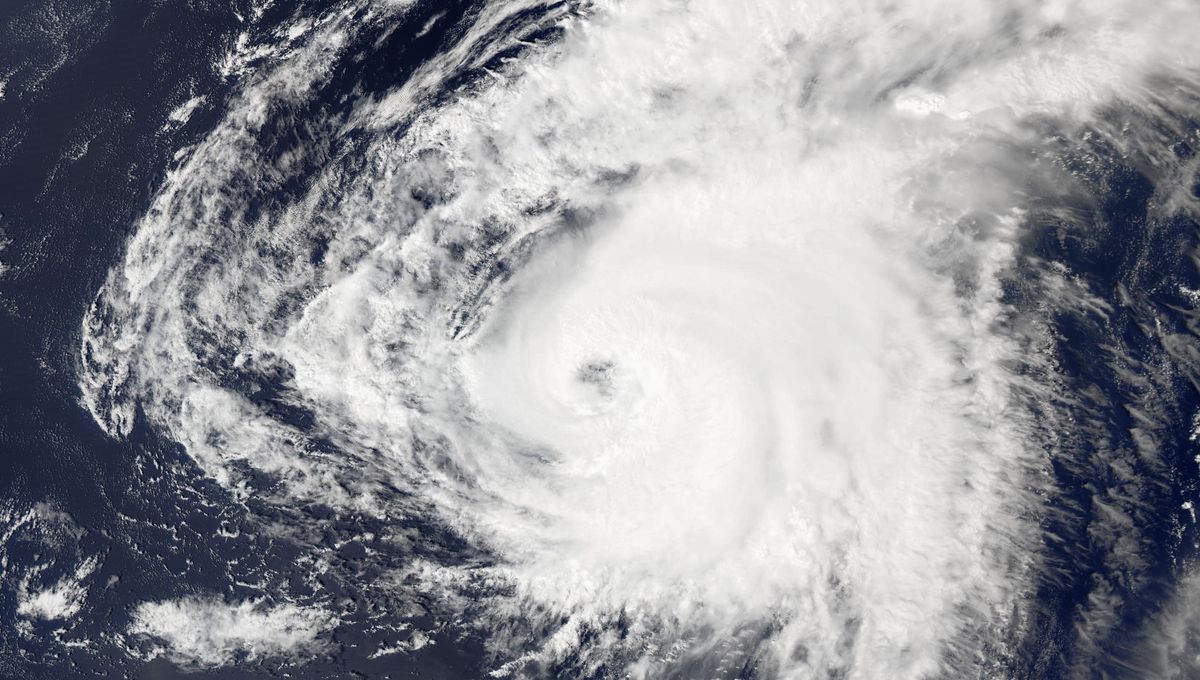
Alberto, Beryl, Chris, Debby, Ernesto – they’re names you’ve probably heard a lot of over the last few months, the first storms in what’s expected to be a fairly busy 2024 Atlantic hurricane season. But why do these storms have names, and who decides what to name them?
Why do tropical storms and hurricanes have names?
Giving storms a name isn’t exactly a new thing. According to the National Hurricane Center (NHC), it goes back hundreds of years in the West Indies, and primarily utilized the names of saints.
Fast forward to the first half of the 20th century, and officials in the US kept track of tropical storms and hurricanes based on the year and the order they happened in – but this created problems.
When multiple storms were happening at the same time, it was common for there to be confusion arising from broadcast storm advisories, with many mistaking the details of one storm for another.
To make things less confusing, quicker to communicate, and easier to remember, the US started to use an alphabetical list of names for tropical storms and hurricanes in 1953.
Except, they only used female names – which many regarded as sexist. Amid pressure from multiple individuals and groups, including the National Organization for Women, the NHC then began using both male and female names for Northern Pacific Storms in 1978, and Atlantic storms in 1979.
How do tropical storms and hurricanes get named?
Nowadays, those in charge of naming tropical storms are part of the UN’s World Meteorological Organization (WMO), split into five regional bodies that meet once a year, or every other year, for a session that includes discussing the list of tropical storm names.
Different regional bodies can take different approaches to naming; some use the alphabetical order of the names in the list, others the alphabetical order of the countries that contributed the names, and some skip over letters that aren’t used in many names.
That being said, they all generally take into consideration four main factors: the name should be short, easy to pronounce, have appropriate significance in different languages, and not be used in another region.
This process has been used to generate between four and six different lists of names depending on the region, which are cycled through each year – there’s a supplemental list in case there are more storms than names – or until the bottom of the list is reached.
The Atlantic region, for example, has six lists that rotate, with alternating male and female names. That means that, in principle, another Hurricane Beryl could pop up in 2030 – but this isn’t always the case.
Why are hurricane names retired?
There’s a single circumstance in which names from the list are no longer used, according to the NHC: “[I]f a storm is so deadly or costly that the future use of its name on a different storm would be inappropriate for obvious reasons of sensitivity.”
For that reason, five of the storms in the record-breaking 2005 Atlantic hurricane season were retired – Dennis, Katrina, Rita, Stan, and Wilma.
Source Link: Why Do Tropical Storms And Hurricanes Have Names?